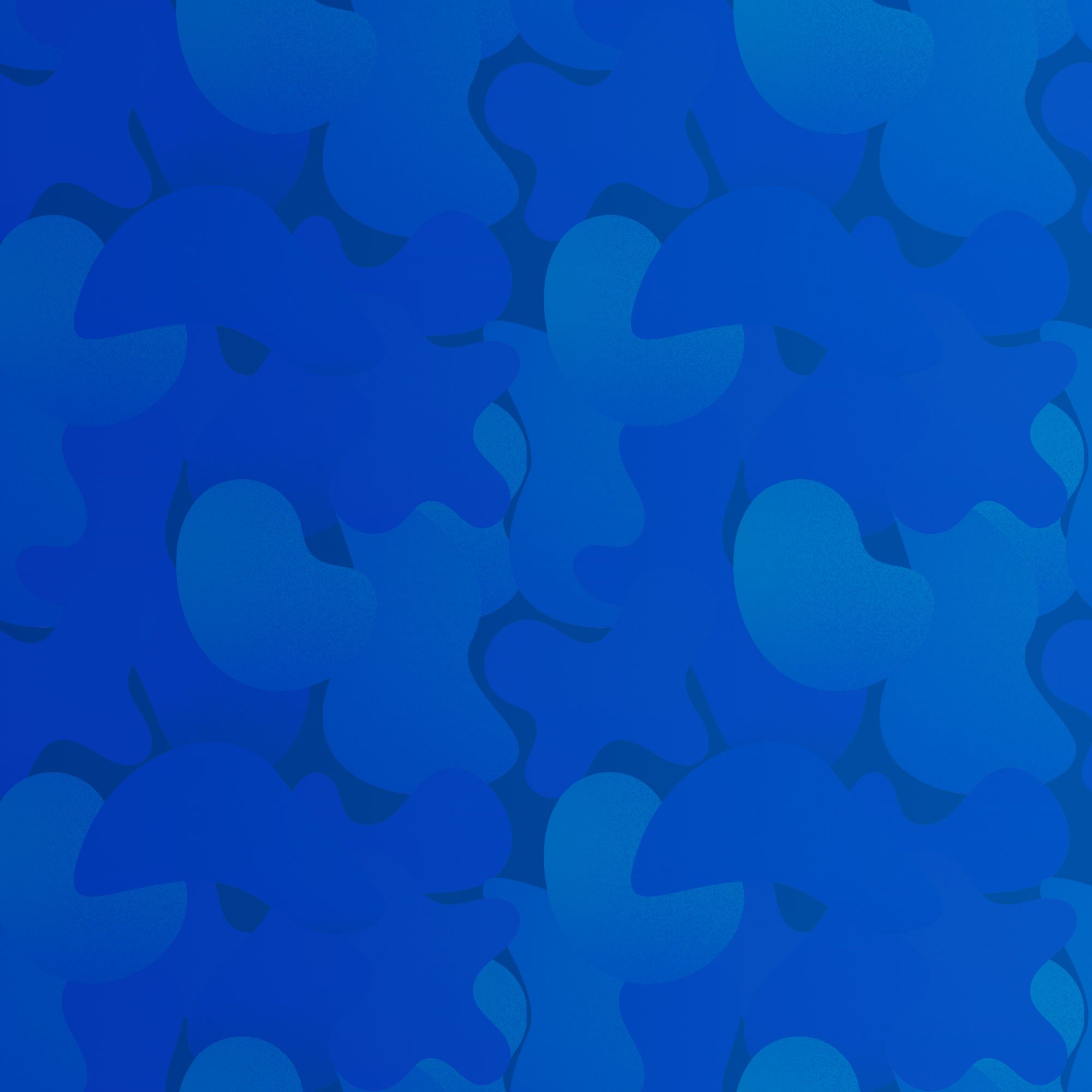Picture book tackles homelessness
Posted on Wednesday, January 31, 2018
Category:
Author and illustrator Duncan Beedie was inspired by a question from his daughter to write The Last Chip, a picture book that looks at homelessness, and whose sales will help raise money for The Trussell Trust charity.
In this blog, Duncan tells us what he wanted to achieve with his picture book, The Last Chip: 'One Saturday morning a couple of years ago, I was pottering down my local high street in Bristol with my then four year old daughter, when she tugged on my sleeve and inquired: "Daddy! Why is that man's bedroom outside?" I didn't fully hear her question at first, as I was no doubt trying to hastily remember the items I had forgotten to purchase at the supermarket. Then, as I pieced her words together in my head, I was intrigued by her somewhat bamboozling choice of words. I presumed she had seen a bedroom furniture display in a shop window, but it wasn't until I followed to where her hand was pointing that I realised she was referring to a homeless man sleeping in the doorway of a newly boarded up shop. So, like any father, I tried to answer my daughter's question as efficiently as I could. And this is where my troubles began. As an adult, it is all too easy to dismiss the problem of homelessness on our streets, even when the numbers of people sleeping rough have doubled in most major UK conurbations over the course of the last five or so years. It's not the result of wilful ignorance per se, but rather that our peripheral vision has been narrowed to the width of a smartphone screen when we are out and about. For homeless people, the risk of blending into the background like some sort of urban chameleon, has never been higher. It took the keen eye and sincere curiosity of a four year old to capture my attention that day. As anyone who has come into contact with small children will know, it is very difficult to satiate their curiosity with a single answer without being subjected to a fusillade of "WHY?" The more I tried to explain why a person might find themselves on the streets, the more I exposed my naivete on the matter, until I simply reverted to the lazy answer: "because he's unlucky!" The moment this answer left my lips, I was painfully aware of just how stupid it was. Here is my daughter genuinely inquiring about another individual and I am unable to provide a simple answer. Chiefly because there is no simple answer. If there were, then homelessness would be a thing of the past. What I did have was a half-finished picture book idea about a pigeon roaming the city streets looking for food; a story that, at that time, had no resolution. Then I thought, if my four year old daughter is able to ask questions about homelessness then why should an adult, who writes children's books, shy away from the issue. Again, I was well aware that I had no answers to provide, but I felt the very inclusion of a homeless character would at least allow parents and children to address the issue themselves - if they so wished. This was by no means a 'last piece of the puzzle' moment, but rather an opportunity to redress the story of Percy the pigeon. The tale of a hapless bird on a quest to find food felt like a natural allegory for homelessness, but I was acutely aware that a large portion of the population, particularly city councils, consider urban pigeons to be vermin and this was certainly not a parallel I wished to draw. Striking the right balance was key: keeping the book light and colourful enough to appeal to young children without diminishing the message. This is where support from my editor, Alison Ritchie, and designer, Genevieve Webster, really came to the fore. We spent a period of several months tweaking colours, altering compositions and rephrasing sentences. Every minute of this process was worthwhile. I often refer back to my earlier (and much bleaker-looking) drafts to remind myself of just how important the editorial process is. In addition to writing a book that acknowledges homelessness, I wanted to use the sale of the books to try and raise money for a cause that was relevant to the story. My publishers, Templar, were very supportive of this idea and generously agreed that we would release 'The Last Chip' in association with The Trussell Trust (who run over 400 food banks nationwide), with 10% of sales going to their charity. Also, as the tale is set in my home town of Bristol, I am selling original artwork prints from the book to raise money for the homeless charity raise money for the homeless charity Caring in Bristol:'
